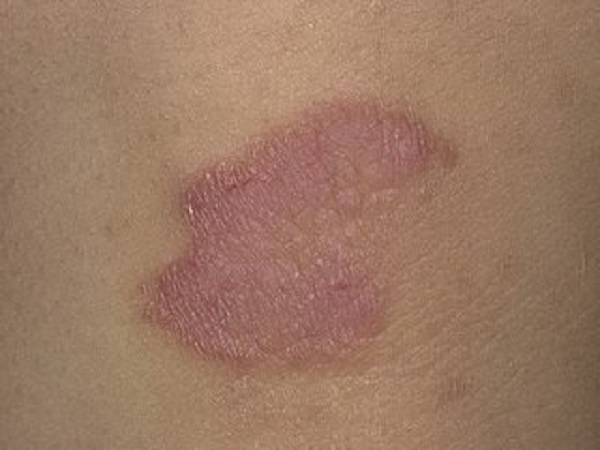NEURODERMITIS.
Severe itching of the skin. When the itch is crazy.
A characteristic sign of neurodermatitis is severe itching of the skin, which sometimes becomes simply unbearable. The face (cheeks, forehead, skin of the eyelids and around the lips), the area of the neck, thighs, buttocks, elbow and knee bends, etc. may itch, but most often neurodermatitis manifests itself on the hands.
After a while, at the sites of scratching, the skin turns red, becomes covered with spots and rashes, small pimples, and a characteristic skin pattern appears on the affected areas. In patients with chronic neurodermatitis, the skin is very dry, flaky, thickened and covered with rough folds and crusts.
In addition to the cutaneous manifestations of neurodermatitis, patients feel increased fatigue, weakness, suffer from low blood glucose levels and hypotension. Constant itching disrupts their sleep, drives them into depression and severe irritability, brings them to neurosis.
With a long course of the disease, the work of the adrenal glands is disrupted, inflammation of the lymph nodes occurs, the normal functioning of many internal organs suffers.
Causes of the disease.
Neurodermatitis is a chronic skin disease, which is based on neuro-allergic reactions.
• The disease can be triggered by foods with a large amount of preservatives,
colors and flavors, citrus fruits, nuts, honey, infant formula.
• Cosmetics, synthetics, household chemicals, certain medications, house dust and animal hair, feather pillows, etc. may be the cause.
• Disturbances in the functioning of the nervous system (prolonged stress), endocrine glands, and digestive tract play a certain role.
• Risk factors are also chronic intoxication of the body in hazardous industries, non-observance of the rules of personal hygiene, mental and physical overload, prolonged use of drugs.
• An important role is played by heredity (in 50-80% of cases, close relatives of patients also suffered from this disease) and a decrease in the body’s immune defense.
How is it manifested and how dangerous?
There are limited and diffuse forms of neurodermatitis. With limited neurodermatitis, the disease begins with itching of a certain part of the body — the head, neck, face, lower leg, followed by redness of the skin, nodules and plaques.
With diffuse neurodermatitis, skin lesions cover large areas of the body, accompanied by severe itching, scratching to the blood, insomnia, loss of appetite and nervous disorders. This course of the disease occurs in young children, especially in combination with bronchial asthma, allergic rhinitis.
! When the scalp is affected, the symptoms of neurodermatitis are similar to psoriasis, which requires a differential diagnosis and different treatment tactics.
Exacerbations occur, as a rule, during a period of decrease in the body’s defenses, in winter and spring, and in summer, the condition of the skin and general well-being improve.
! In childhood, when the immune system is not yet sufficiently developed, neurodermatitis is dangerous with the risk of a viral or bacterial infection, it is also important to discuss with the attending physician the advisability of routine vaccinations carried out in child care facilities.
Usually, the frequency of exacerbations decreases sharply after puberty, in adults, the disease usually practically disappears, and rarely can continue further, when periods of remission and exacerbation alternate.
Let’s talk about treatment
Treatment of neurodermatitis must be comprehensive and aimed at eliminating allergens, reducing the excitability of the nervous system and normalizing the metabolism in the body.
Various corticosteroid preparations are prescribed locally in the form of ointments and creams, which are applied to the skin no more than 2 times a day and are used very carefully and only as directed by a doctor. For children, such ointments are used no earlier than from the age of 2.
During the period of exacerbations, antihistamines are prescribed, as well as immunomodulators.
In some cases, good results are obtained by physiotherapy — irradiation with ultraviolet light, laser, sea baths, cryomassage with liquid nitrogen, etc.
Neurodermatitis responds better to treatment if the body is helped to get rid of allergens, toxins and toxins with the help of enterosorbents administered by mouth (polysorb, enterosgel, polyphepam).

1 Comment
Add a Comment